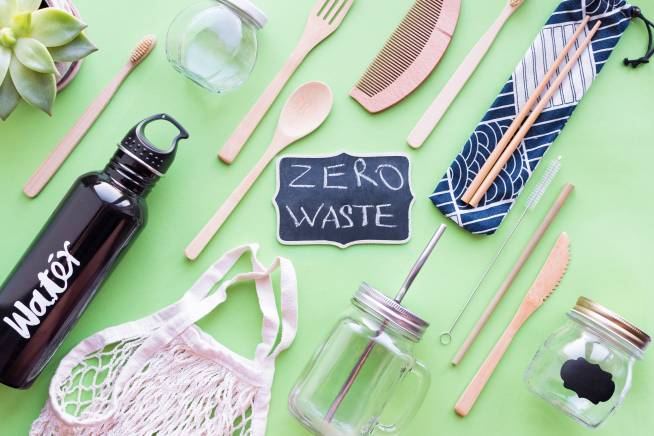Within the last few years, the concept of living sustainably has become more and more popular. Many people are now seeing the effects climate change is having on our planet and is willing to do their bit to reduce their personal impact on the environment. However, the word sustainable has become a bit of a buzzword and many companies are jumping on the bandwagon without actually being more sustainable. This is why it is so important to do your own research and learn about the individual changes you can make that could make a difference. It’s also worth understanding the difference between a sustainable life and a non-sustainable one.
So, if you are wanting to start living a more sustainable life, then keep on reading for some tips on how you can do just that.
Sustainable Living

Firstly, we should spend some time talking about sustainable living. In particular, we will focus on the benefits of adopting a plant-based diet and avoiding fast fashion.
One way you could live a more sustainable life is by eating a plant-based diet. The impact that the meat and dairy industry has on the environment is huge, therefore switching to a plant-based diet can make a difference. Eating a 100% plant-based diet is certainly not for everyone though, so if you are unsure about it, then perhaps try switching a few things in your diet and see if it is manageable.
For example, switch out your cow milk for oat milk or perhaps only eat meat once a week.
Small changes can be a good way to dip your toes into the world of plant-based living, without having to give up everything you love. Another issue some people have about eating a plant-based diet is whether they will be getting enough protein, particularly people who regularly go to the gym. Those that attend the gym regularly want to ensure that they have enough protein in their diet to sustain them. If this is the case, then it would be a good idea to invest in plant protein items, such as the ones from Ingredient Optimized. They have protein bars or powdered ensuring that you are still getting enough protein before your workout.
When it comes to things that majorly damage our environment, fast fashion is definitely one of them. Living in a modern society means that we want to be able to buy whatever we want, whenever we want, without having to wait a long time for it. Fast fashion has made this possible as people can order clothes one day and have them delivered the next. While this may be convenient, you have to consider how little quality is being put into these clothes that allow the companies to mass-produce them with such a quick turnaround.
But it is not just about the quality of the clothes.
So, instead of buying your clothes from fast fashion companies, try buying second-hand clothing instead. Not only does it mean you will be helping the environment, but often second-hand clothing is cheaper, so you are not breaking the bank either. Thrift stores are a great place to start and more often than not you can find hidden gems that are unique but still cheap. Ditching fast fashion is a really great way to start living more sustainably and start creating a wardrobe that is more ethical.
Non-Sustainable Living
Now that you’ve heard about sustainable living and how you can do it, it’s worth spending some time talking about non-sustainable living. Unsustainable refers to adopting a lifestyle that involves you using things that cannot last. It means it cannot continue at the same pace or rate and will eventually diminish.
If you think about fossil fuels, these are examples of something that is non-sustainable. That is because there is only a finite amount in the world, and it eventually will run out. This is why there is more pressure and demand for green energy, as it’s best to sort this out before we run out.
There are also ways and practices conducted that are unsustainable. While fishing could be considered as something unsustainable, there are sustainable ways to fish. Sustainable fishing means fishing in a way that guarantees the population of fish will be high in the future, and that they aren’t fished to extinction.
While that is happening now, it used to be the case that people would fish certain species of fish and sea life to the point that there would be none left.
Certain foods and water supply can also be unsustainable, particularly if the demand exceeds the supply.
There are plenty of new laws and regulations that were brought in to ensure that as many non-sustainable practices as possible were made sustainable. Some goals are set by governments, and private businesses are regulated to ensure they are being sustainable.
On a more private level, you should be doing all that you can to get rid of any non-sustainable parts of your life. For example, you may be spending more money on things you aren’t using, and do not need, to the point that you are going over your budgets and costs. This will not be able to last forever, as eventually you will run out.





